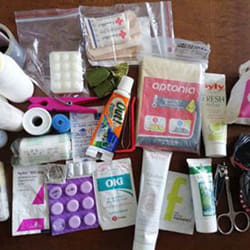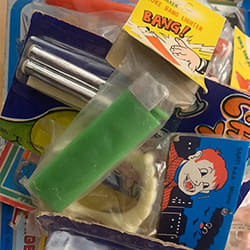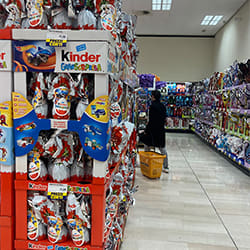* https://kc-i.jp/en/activity/kwn/yamada_s/20211215/
Well, a Cabrales blue cheese set a new world record at this year’s auction. Las Arenas de Cabrales is a remote village of a little over 750 people in the Principality of Asturias (the Comunidad Autónoma de Principado de Asturias), on the Bay of Biscay in northern Spain, and held a Cabrales blue cheese festival on the last Sunday of August every year. This time the cheese that won the blue cheese contest was from a dairy factory in the neighboring village of Los Puertos. A single wheel weighing about 2.2 kg was sold at auction for 30,000 euros, or 4,710,000 yen. I guess they will soon revise the Guinness World Record. Like last time, the winning bid came from the owner of a restaurant in Oviedo, the capital of the Principality.
A whole bluefin tuna once sold at Tsukiji Markets in Tokyo for 336,000,000 yen, or about the same price as a small work by Picasso. I think Japan and Spain are alike in that superstitiousness and the impact of publicity combine on occasions such as the year’s first sales of certain foods to drive people to win at auctions in overheated, festive markets separated from the real world.
With the current gourmet boom, you can get blue cheeses like French Roquefort and Italian Gorgonzola without that much trouble in Japan, and even places such as pretentious gourmet shops probably sell the slightly unusual British Stilton and so on. Incidentally, these 3 types are called the world’s top 3 blue cheeses. Unfortunately, the Spanish Cabrales blue cheese I mentioned has not been selected among them. Yet, there is in the first place a lack of clarity about who decides these 3 top cheeses, as well as the timing and the criteria for those decisions.
In Japan, people are accustomed to expressions like “the world’s top 3” this or that and accept without question French, Chinese, and Turkish as the top 3 cuisines in the world. But I couldn’t find a clear answer online about that selection process. I did find an awfully incoherent explanation that goes, “Long ago, European historians and gastronomists made the selection...” which just doesn’t make sense to me.
Foie gras, caviar, and truffles are accepted as the world’s top 3 delicacies. Yet, who decided, when, and by what criteria? Was it taste, or price? When it comes to the world’s top 3 soups, there is a bit of confusion. There are 4: bouillabaisse, shark fin soup, tom yum goong, and borsht. All the same, this might be a concept that is not necessarily widely accepted in other countries, despite it being common knowledge in Japan. If you asked a Spanish person about the “world’s top 3” or the “top 5 rankings,” the reply would probably be, “What’s that?” For example, apparently Japanese people think the world’s 3 most beautiful women are Cleopatra, Yang Guifei, and Ono no Komachi. Being Japanese, I am nothing but proud that a Heian period (794-1185) poet ranks among the best in the world.

Photo 1
Photo 1 shows the Cabrales cheese I included in my previous article. Although Cabrales missed out on being selected for the world’s top 3 blue cheeses, everyone in Spain knows it, so likes and dislikes aside, there would be no doubt that it is one of the top 3 blue cheeses in Spain. With its intense aroma and appearance resembling something other than food, this cheese has the magic ability to enthrall people who possess abnormally masochistic tastes (including me). And while I’m at it, here are my own selections for Spain’s top 3 blue cheeses arbitrarily and prejudicially made by me.
Cabrales: Made in the Municipality of Cabrales, Province of Asturias. Source of milk: Cows, sheep, and goats
Valdeón: Made in Valdeón Valley, Province of León, Autonomous Community of Castile and León. Source of milk: Cows and goats. A cheese made in recent years along the lines of Cabrales. While the makers of original Cabrales wait for the natural development of penicillium molds that occur in the caves where the cheese is matured, the makers of this cheese inject the mold spores during the manufacturing process, the same as the world’s top 3 blue cheeses.
Andazul: Made in the Cádiz Mountains, Province of Cádiz, Autonomous Community of Andalusia. Source of milk: Payoya goats. The only blue cheese made in Andalusia, it is produced solely from the milk of the Payoya goat, an endangered species endemic to this area.




























































